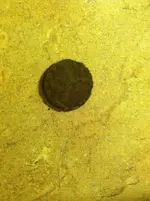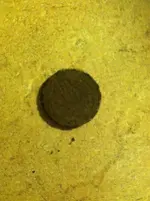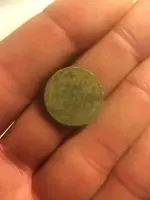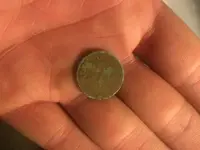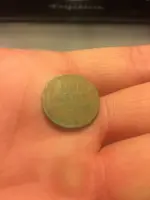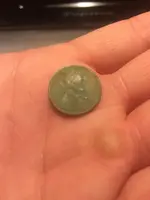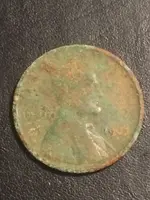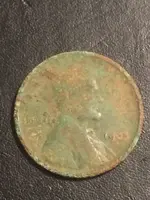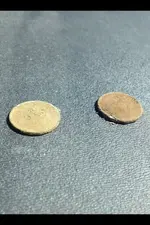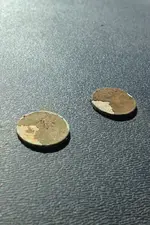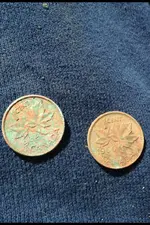AugustMoose87
Sr. Member
- Joined
- Sep 10, 2014
- Messages
- 443
- Reaction score
- 264
- Golden Thread
- 0
- Location
- Longmont, CO
- Detector(s) used
- Gold Pan, Sluice, Hand Dredge, X-Terra 30, X-Terra 705, Sand Shark
- Primary Interest:
- All Treasure Hunting
a dehydrator might work
Good call... I have a jerky dehydrator, and I bet the combination of heat and air circulation would be perfect... Now I just have to dig it out of the storage unit and scrounge up some crusty coins to try it on.
Last edited:




